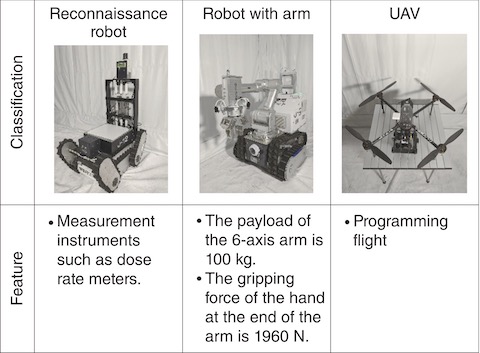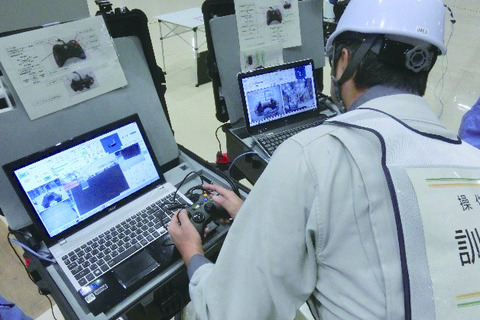Table 2-3 Remote control equipment in JAEA emergency support organization


Fig.2-21 Non-visual operation training via a robot camera in intermediate level training
Japan Atomic Energy Agency (JAEA) has established an emergency support organization at Naraha Centre for Remote Control Technology Development (NARREC) in case of an accident at one of its nuclear facilities. The JAEA's specific nuclear facilities are subject to emergency support. In case of an accident at these facilities that cannot be accessed by workers due to contamination by radioactive materials, the support organization has robots that can enter the accident site to survey and measure the internal situation, as well as unmanned aerial vehicles (UAVs) that can take pictures and make measurements from the air. In addition, since 2017, we have been continuously educating and training the operators for the remote control equipment at the accident site. The operators consist of the above-mentioned nuclear facilities, and they are trained to improve their operation skills using the training facilities in NARREC. This is known as operation training for remote control equipment operators.
There are three types of remote control equipment used in the training; reconnaissance: robots, robots with arms, and UAVs (Table 2-3). The reconnaissance robot is a small device that can take pictures of the accident site and measure radiation levels. The UAV flies over the accident site to check the exterior of the facility.
The operation training commences at the beginner level and progresses to the intermediate and advanced levels. Additional training is provided based on each trainee's progress, and the program is designed to ensure that even trainees with no prior knowledge of remote control equipment can acquire operating skills within a certain period. The programs for the beginner and intermediate levels of training are described below.
In the beginner training, after learning the relevant laws and regulations as well as the specifications of the robot as introductory education, the trainees learn the basic operation procedures on the actual robot for training. In the training of robots that run on the ground, such as reconnaissance robots and robots with arms, trainees will learn basic running by visual operation, overcoming obstacles, running in narrow areas, and grabbing objects with their arms.
In the intermediate level training, based on the basic knowledge and basic operation skills acquired in the beginner level training, the objective is to acquire applied operation skills more suited to the situation at the time of an accident. For reconnaissance robots and robots with arms, trainees learn to perform non-visual operations via the robot's camera (Fig.2-21), and for UAVs, trainees learn to fly the designated points using a wireless drone. Since there are only a few opportunities for the trainees to conduct operation training once or twice a year, a review of the previous training session is conducted at the beginning of each training session to ensure that knowledge is retained.
As of April 2021, JAEA has a total of 24 trainees who have undergone the above-mentioned education and training, and to maintain their operational skills, regular operation training is conducted to prepare for any accidents that may occur. The training materials and facilities are also improved as needed to meet the on-site conditions of each facility.
(Yusuke Chiba)